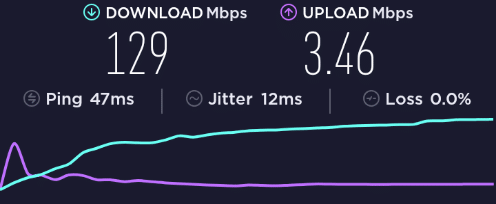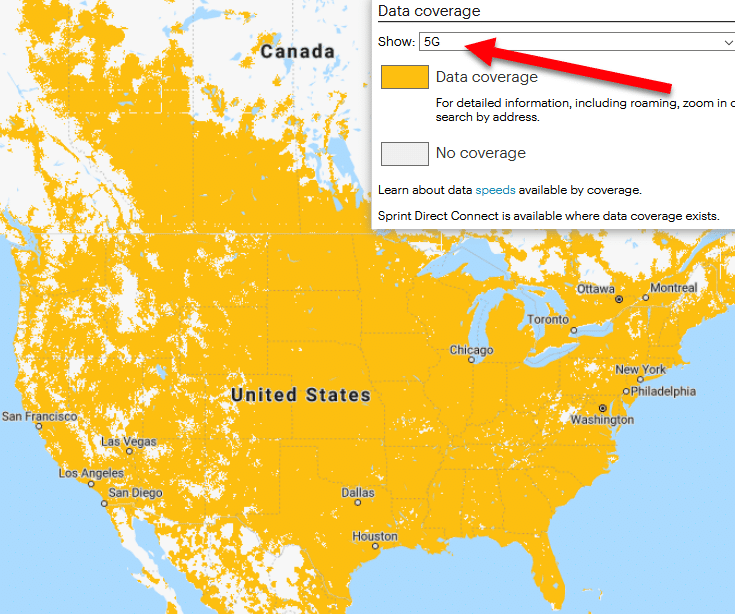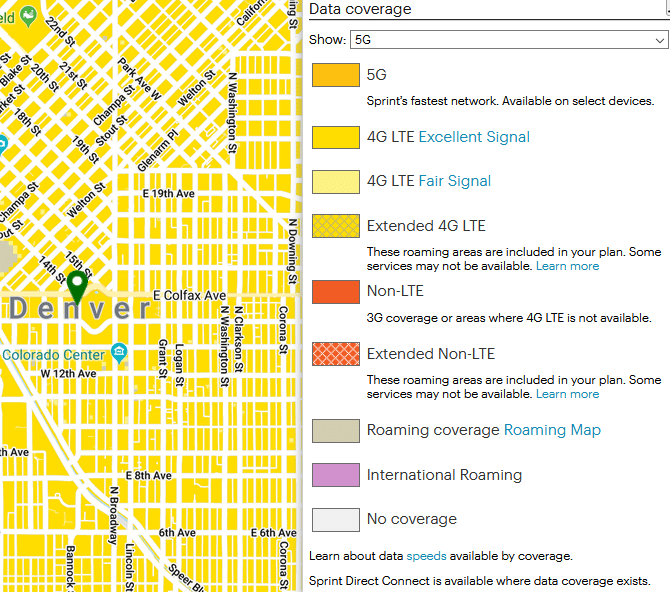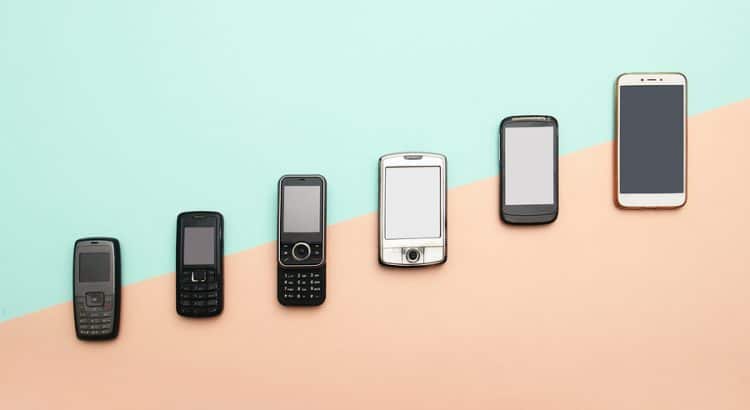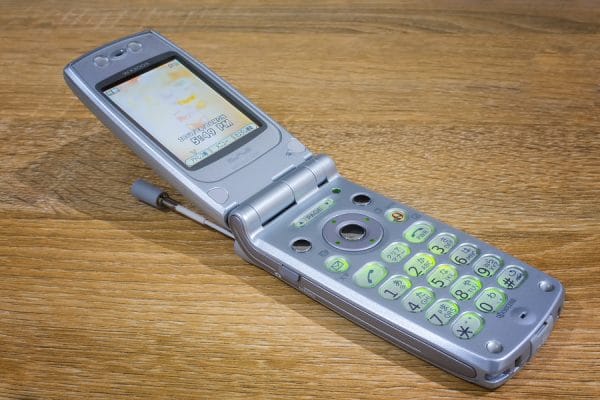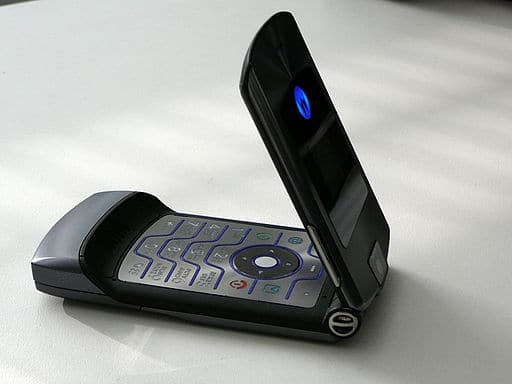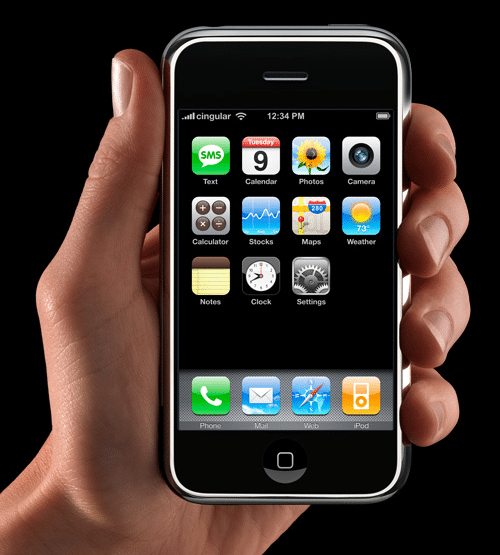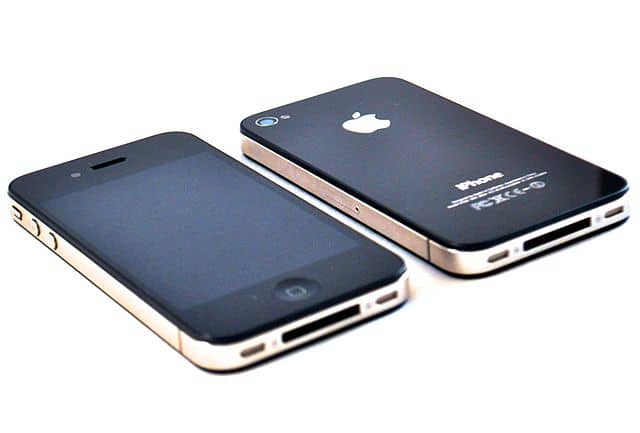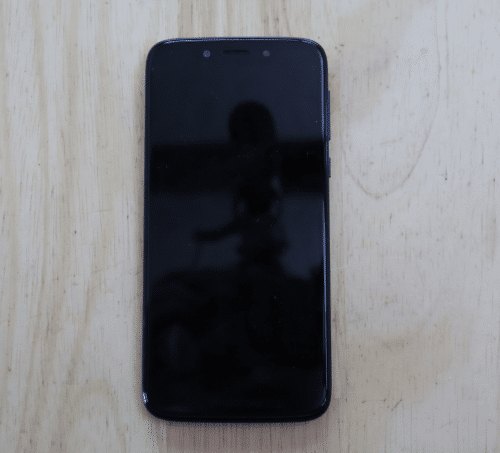Verizon has updated a web page about the company’s plans for retiring its 3G network. Previously, the web page indicated that (a) Verizon planned to retire its 3G network by the end of 2019 and (b) Verizon would no longer activate devices that were CDMA-only or did not support HD Voice:
The updated web page suggests Verizon plans to keep its 3G network available to customers until the end of 2020. It also looks like some CDMA-only phones and phones without HD Voice may be eligible for activation until the end of the year:
The page also indicates that bringing your own CDMA device to activate on an existing line will be prohibited starting 1/1/2020.
As networks’ change their deadlines, I plan to update my earlier blog post covering each major networks’ plans for phasing out 3G networks.


